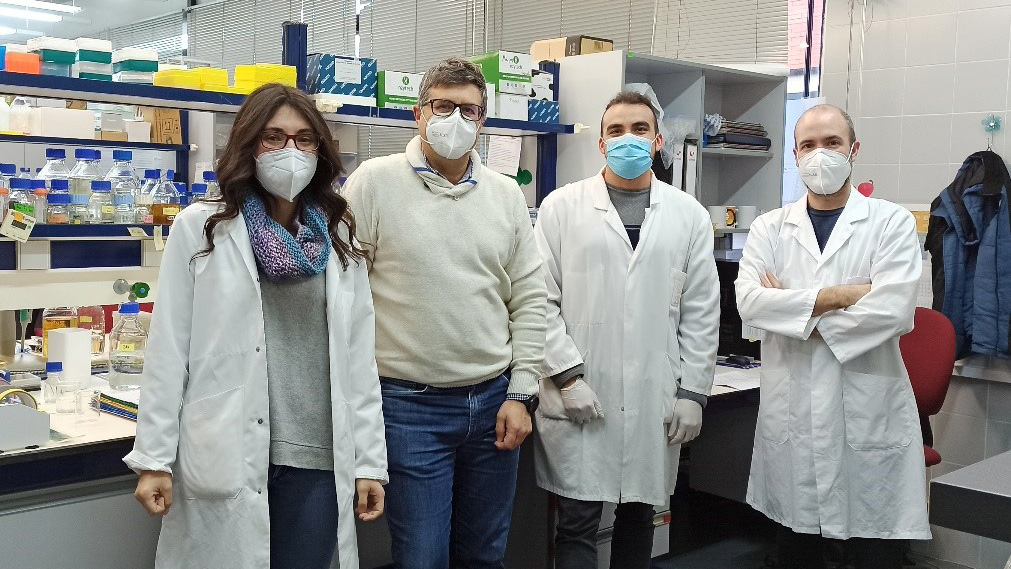A research group at the Institute of Agrochemistry and Food Technology, located at the Science Park of the University of Valencia, has developed a microorganism capable of producing abundant hydroxytyrosol, one of the most potent antioxidants known
A research group at the Institute of Agrochemistry and Food Technology of the Spanish National Research Council (IATA-CSIC) has patented a new method to produce abundant amounts of hydroxytyrosol in a clean and cheap way. This substance, with anticarcinogenic, cardioprotective, anti-inflammatory and neuroprotective properties, is found in small amounts in olive oil and wine, among other products. Now, CSIC researchers have developed a recombinant microorganism capable of producing large quantities of "very pure" hydroxytyrosol from glucose, thus lowering production costs and increasing the yield of the process.
Currently, the main source of hydroxytyrosol comes from olive industry waste, but the complex extraction processes and low yield make the product more expensive. It is also produced by chemical synthesis, using different precursors and multiple complex catalytic processes. The new method developed at IATA-CSIC, on the other hand, is based on a well-known microorganism considered safe by the industry, the wine yeast Saccharomyces cerevisiae.
The research team had already verified in another work, where they studied its use to produce melatonin, that this yeast also produces hydroxytyrosol, a polyphenol naturally present in olive oil. "From here we started to investigate whether we could use this microorganism as a super-producing strain of hydroxytyrosol," recalls José Manuel Guillamón, the IATA-CSIC researcher leading the study.
To do this, they have included genes of bacterial origin, which allows this new microorganism to produce the antioxidant substance in abundance from the glucose available in a simple and cheap culture medium. "This would substantially lower production costs and its price on the market, which is now around 10,000 euros per gram of this pure compound," according to Guillamón.
Applications in nutraceuticals and food
In the laboratory they have found that by means of this genetically modified microorganism, hydroxytyrosol can be obtained in a simple way with "a high degree of purity and a high yield". "The use of a microorganism such as wine yeast to produce hydroxytyrosol is something new worldwide," the team members emphasize.
For Guillamón, the main application of this new hydroxytyrosol production method is in the field of nutraceuticals, a flourishing industry that uses natural compounds with therapeutic properties. Other sectors could also benefit from the availability of this molecule, such as the food industry, where it could be used as an additive in certain foods and beverages. For example in the wine industry, where hydroxytyrosol could be used to reduce sulfites in wine, while providing its beneficial properties.
Text source: CSIC Comunitat Valenciana. Source of the cover image: IATA-CSIC


